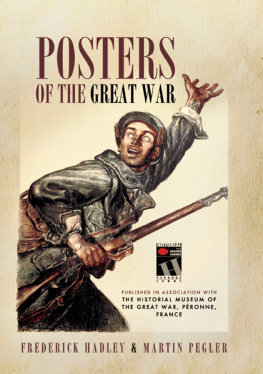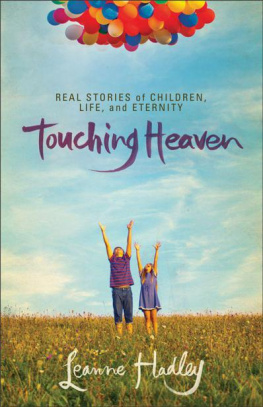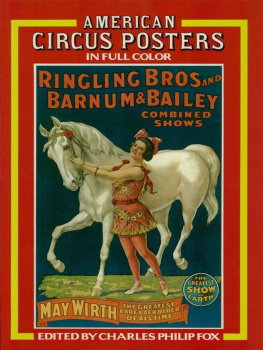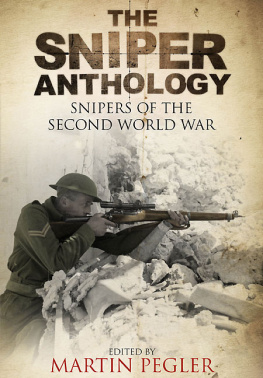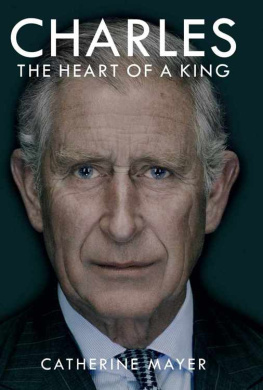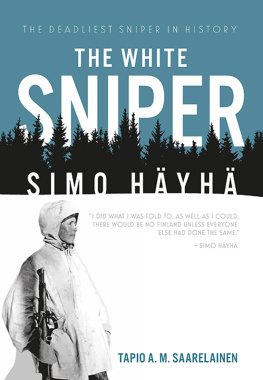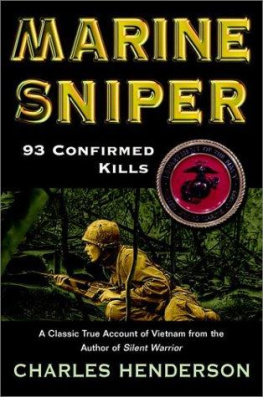First published in Great Britain in 2013 by
PEN & SWORD MILITARY
an imprint of
Pen & Sword Books Ltd,
47 Church Street,
Barnsley,
South Yorkshire
S70 2AS
Copyright Frdrick Hadley and Martin Pegler, 2013
Copyright illustrations Historial de la Grande Guerre,
Pronne, France unless indicated otherwise
ISBN 978 178159 289 2
EPUB ISBN: 978 147382 264 1
PRC ISBN: 978 147382 216 0
The right of Martin Pegler and Frdrick Hadley to be identified
as the authors of this work has been asserted by them in accordance
with the Copyright, Designs and Patents Act 1988.
A CIP record for this book is available from the British Library.
All rights reserved. No part of this book may be reproduced or transmitted in
any form or by any means, electronic or mechanical including photocopying,
recording or by any information storage and retrieval system, without
permission from the Publisher in writing.
Typeset by CHIC GRAPHICS
Printed and bound in India by
Replika Press
Pen & Sword Books Ltd incorporates the Imprints of
Pen & Sword Aviation, Pen & Sword Family History, Pen & Sword Maritime,
Pen & Sword Military, Pen & Sword Discovery, Wharncliffe Local History,
Wharncliffe True Crime, Wharncliffe Transport, Pen & Sword Select, Pen &
Sword Military Classics, Leo Cooper, The Praetorian Press, Remember When,
Seaforth Publishing and Frontline Publishing.
For a complete list of Pen & Sword titles please contact
Pen & Sword Books Limited
47 Church Street, Barnsley, South Yorkshire, S70 2AS, England
E-mail:
Website: www.pen-and-sword.co.uk
Contents

Historial de la Grande Guerre
Museum of the Great War
(Pronne Somme France)
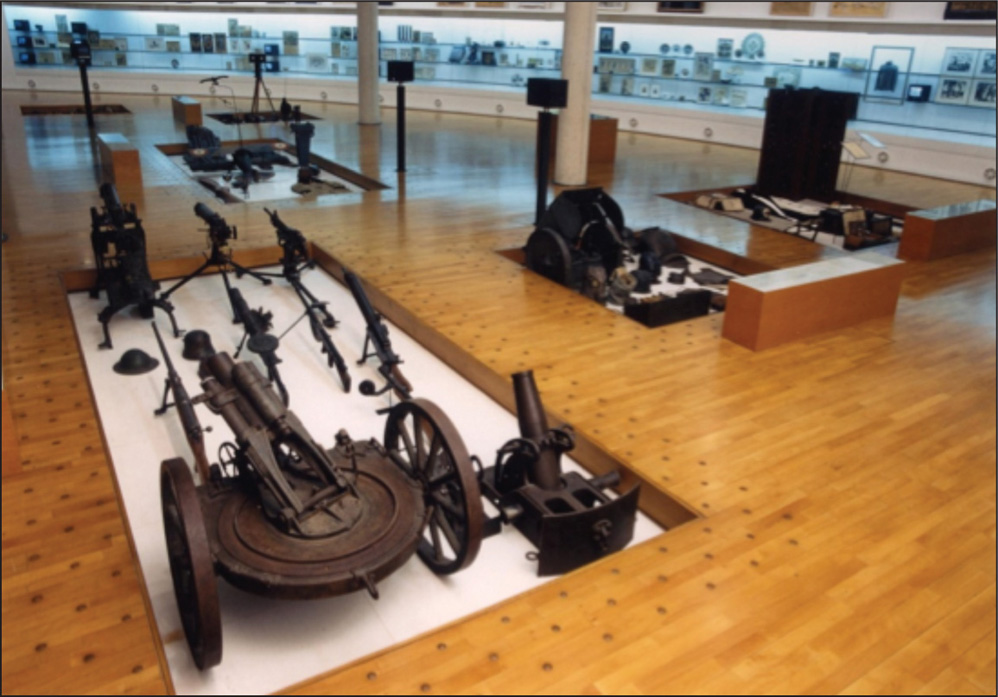
The Historial Museum of the Great War is an internationally acclaimed museum that explains the Great War in a different manner.
Located on the very site of the bloodiest battle of the First World War, the museum presents and compares the three main belligerent nations on the Western Front Great Britain, France and Germany. It recaptures the mentalities of the front and of the civilians to shows how these were drastically modified by the war.
The Somme in 1916 was the biggest battle of the First World War with over a million casualties in less than five months of fighting. The losses totalled 420,000 for the British, 420,000 for the Germans and 200,000 for the French. The battle is most remembered for its first day: on 1 July 1916 more than 19,000 British men were killed and 40,000 others were wounded. That day still is the bloodiest in the entire history of the British army.
The ground would be fought over again during the 1918 battles. By the end of the war combatants from well over twenty-five nations had fought on the Somme, perhaps making it the place that best describes the World War. Americans, Australians, Canadians, Chinese, Indians, Irishmen, Moroccans, New Zealanders, Senegalese, South Africans ... had all come to the Somme.
The Historial museum of the Great War explains these events in the wider context of the war.
The visitor can discover the Great War from its root causes to its lasting consequences.
Through their moving display, favouring both understanding and emotion, the five main rooms illustrate life in the lines and on the home front. The weapons, uniforms, military gear and personal objects are displayed in the centre of the rooms: placed in shallow pits in the floor, they powerfully evoke the mens sufferings. The showcases around the galleries display civilian artefacts showing the lives, tools and games of the women and children.
The chronological display makes it possible to understand the attitudes of the times and see how the war changed the world for ever. Visitors can also reflect on todays world and its challenges.
The museum is unique as it systematically compares the three main nations on the Western Front. For each theme, the visitors can see the differences as well as the similarities in the ways Great Britain, France and Germany mobilised their populations for war.
It is one of the biggest public collections devoted to the First World War: the museum keeps over 70,000 items including more than 1,000 posters. Most visitors remember the impressive etchings by Otto Dix The War. These fifty pictures show the artists war experience, mostly on the Somme, and are a monument to the mens suffering. This complete series is unique in public collections.
For all these reasons, as well as its Le Corbusier-inspired architecture subtly combining with the brick chteau, the Historial was given the European Museum of the Year Award in 1994.
Open every day from 10 am to 6 pm (The museum closes one month every year between mid-December and mid-January)
Museum in three languages
Free audio guides are available in English, French, German and Dutch
Admission free for temporary exhibitions.
The book and souvenirs shop and the museum caf welcome all.
CULTURAL EVENTS all year long. Consult our programme on our website: www.historial.org
Historial de la Grande Guerre Chteau de Pronne BP 20063 - 80201 Pronne cedex - FRANCE
Tel. +33 (0)3 22 83 14 18 Fax +33 (0)3 22 83 54 18
The Thiepval Visitor Centre
Run by the Historial, the Thiepval Visitor Centre offers full facilities for the thousands of visitors to the Memorial: a shop, an AV theatre, and a presentation about the Memorial and what happened there during the war.
Preface

P osters are at the same time a medium, an artistic technique and a content. As a result, the posters of the Great War can be understood through at least two distinct approaches: they can be sorted through their aim (collecting money, encouraging recruitment, giving out information and orders) or by the representations they use to illustrate and reinforce the message. In the latter case, use of allegories, human characters and beasts drawn in specific ways can create various emotions such as pride, fear or revulsion.
This book has been structured to reflect elements of both these approaches. The main aims of posters determined their content during the war. The first chapter is therefore devoted to Recruiting, although many countries could rely on draftees. The second chapter deals with the main concern of warring nations: raising the resources necessary to achieve victory. This mobilisation of Loans and Money was made possible through different representations of the war. The next chapters present successively the figures of the Soldier in all their variety, the more (or less) dehumanised figures of the Enemy and the longed-for figures of the Family and Home Front. Through all of these figures, it is possible to touch upon a diversity of ideals, welfare causes or even simple causes for concern. The chapter on Films gives yet another approach to how the war was represented and imagined during and after the fighting. It provides a natural transition to the After the War chapter, which shows the lasting impact of the Great War on individuals and societies.
All the posters shown in this book are part of the Historials collection. The Museum of the Great War is located in Pronne (Somme, France).
Introduction
Next page
